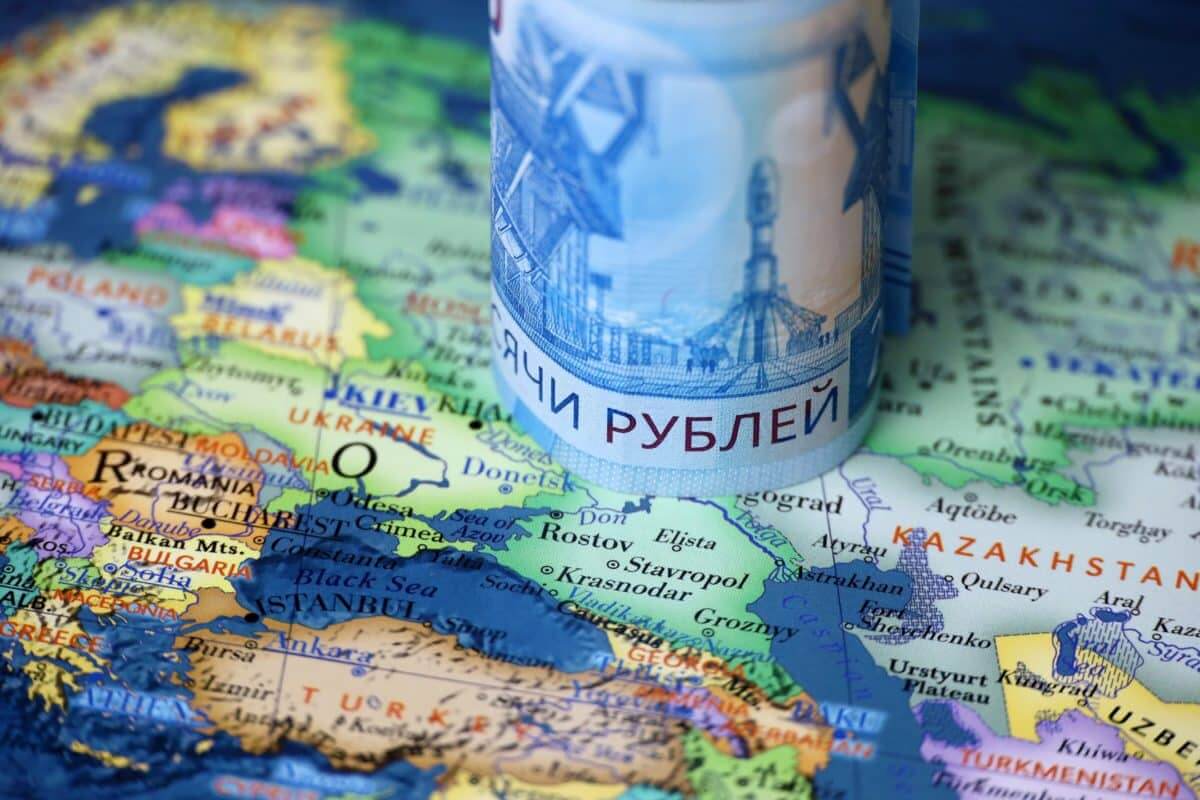
The Russia Ruble’s Resilience: Rebounding from Crisis
In the volatile landscape of global economics, the Russian economy has had its fair share of challenges. One of the key indicators of its economic stability is the performance of Russia’s national currency, the Ruble.
Recently, the Ruble has experienced significant fluctuations against major currencies like the Euro and the British Pound, leaving investors and traders eager to explore opportunities to buy Russian Rubles. Let’s delve into the factors behind the Ruble’s recovery and its potential implications on the global financial stage.
The Ruble’s Rollercoaster Ride Against Major Currencies
The Russian Ruble displayed strength on Thursday, rebounding from a low not seen in over 16 months during the market opening.
The Ruble had strengthened by 0.7% against the dollar, trading at 93.55. It had briefly touched 94.38 earlier in the session, marking its weakest performance since March 28, 2022.
The Russian Ruble has shown remarkable resilience after hitting an all-time low. The currency experienced a recovery phase, steadily gaining ground against major currencies such as the Euro and the British Pound.
The Ruble’s rollercoaster ride can be attributed to various factors that affect the Russian economy. Geopolitical tensions, fluctuating oil prices, and economic sanctions have historically influenced the currency’s performance.
Euro to Ruble and Pound to Ruble: Exploring Exchange Opportunities
The recovery of the Ruble has presented exciting opportunities for individuals and businesses looking to engage in foreign exchange transactions. The Euro to Ruble and Pound to Ruble exchange rates have fluctuated significantly, creating a dynamic landscape for traders.
Against the Euro, the Ruble demonstrated resilience, gaining 0.8% and reaching a trading rate of 102.20. Additionally, it made a solid recovery against the yuan, rising by 0.6% and settling at 12.99.
The current market scenario underscores the importance of the finance ministry’s impending decision, as it could significantly impact the Ruble’s trajectory. The shift from FX sales to purchases may signal the government’s attempt to stabilise the currency and boost its value, leading to potential benefits for traders and investors.
For European tourists planning to visit Russia, the Euro to Ruble exchange rate plays a crucial role in determining their purchasing power. A favourable rate would enable them to get more Rubles for each Euro, making their travel experience more affordable and enjoyable.
Similarly, businesses looking to expand their reach in Russia can capitalise on the Pound Ruble exchange rate.

Russia’s Economic Resilience and the Future of the Ruble
The Russian Ruble experienced a rebound from its 16-month low during the market opening. The currency showed some strength against its major counterparts. However, uncertainties persist, and the finance ministry’s decision on FX operations will be a pivotal factor in determining the Ruble’s future movements. Traders and investors should closely monitor developments and exercise prudence when navigating the ever-changing landscape of the foreign exchange market.
The recent recovery of the Russian Ruble serves as a testament to the nation’s economic resilience. Despite facing geopolitical challenges and economic headwinds, Russia has demonstrated its ability to weather storms and emerge stronger.
For traders and investors, the Ruble’s upward trajectory against major currencies like the Euro and the British Pound presents enticing opportunities. The currency’s potential for growth, along with prudent investment strategies, could pave the way for promising long-term returns.




